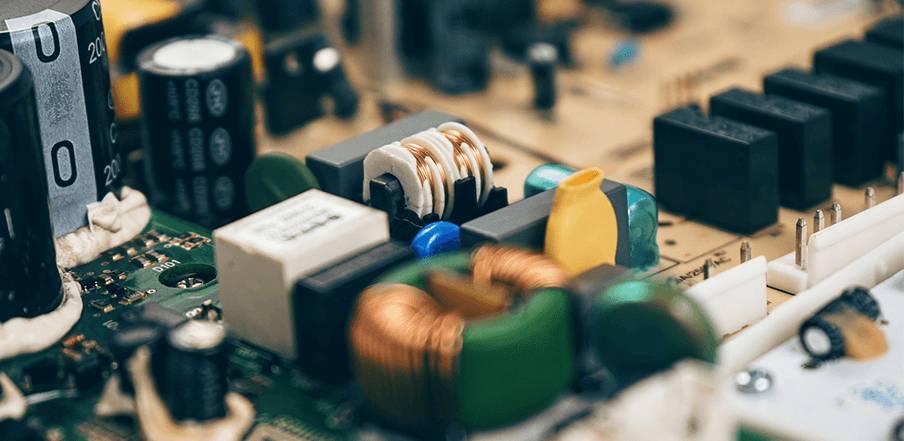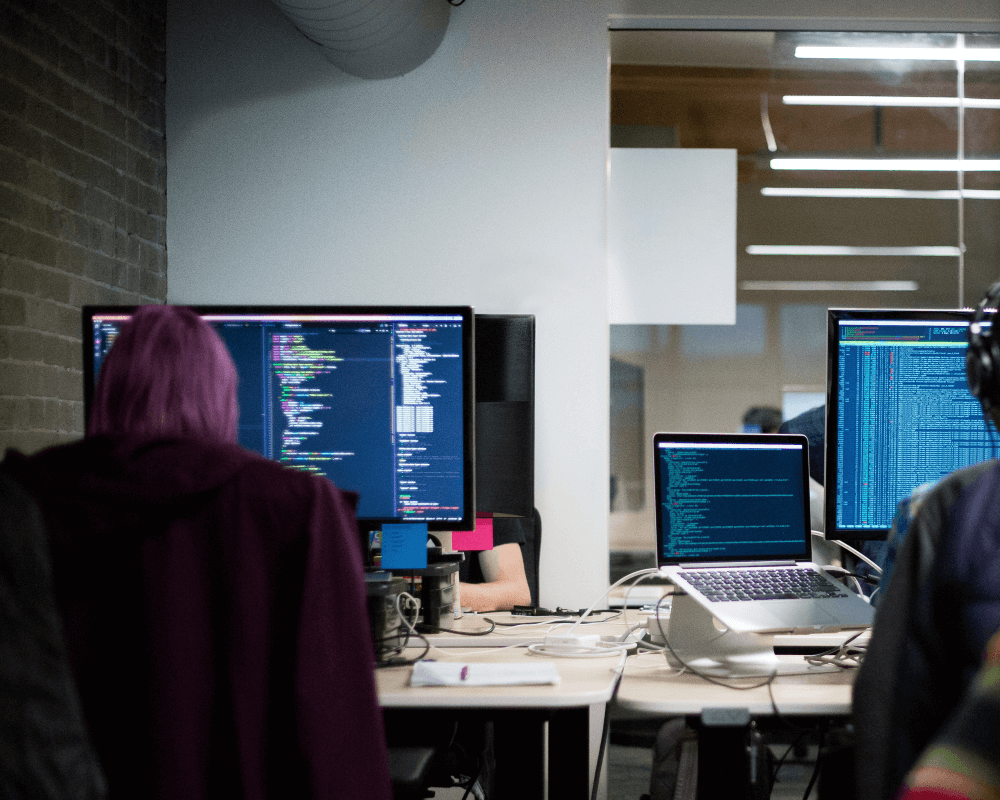 India
India
IOT’s wonder in AQUA Management

Imagine a world where the coffee starts brewing as soon as the morning alarm goes off, where the lights go off automatically hits the driveway, where the door unlocks automatically when approached by a house member, where according to the temperature the geyser warms your bath water.
“This is what IOT is capable of doing and much more.”
"Things", in the IoT sense, can refer to a wide variety of devices such as heart monitoring implants, biochip transponders on farm animals, cameras streaming live feeds of wild animals in coastal waters, automobiles with built-in sensors, DNA analysis devices for environmental/food/pathogen monitoring, or field operation devices that assist firefighters in search and rescue operations. IOT can do wonder in all the fields, the wings are widespread. IOT is not fully functional now but still doing wonders with its capability. Currently, the “Internet of Things” is not a second Internet – rather it’s a network of devices that are connected to the Internet that is used every day to search Google, upload images and connect with friends. It’s a network of products that are connected to the Internet, thus they have their own IP address and can connect to each other to automate simple tasks.
AtoZ IOT integration with Aqua Culture:
We at AtoZ have left no stone unturned in getting along with IOT.
We are concerned with the environment and the ecosystem. Degrading aqua culture bothered us, and we thought of coming up with some solution.
The issue we are concerned about is the aquatic plants and the animals; like the global warming is degrading our environment same way the degrading water system is not suitable for their living.
Aqua-culture is culturing the water environment to be a better place for the aquatic species. Aquaculture is the breeding, rearing, and harvesting of fish, shellfish, plants, algae and other organisms in all types of water environments.
As the demand for seafood has increased, technology has made it possible to grow food in coastal marine waters and the open ocean. Aquaculture is a method used to produce food and other commercial products, restore habitat and replenish wild stocks, and rebuild populations of threatened and endangered species.
There are two main types of aquaculture—marine and freshwater.
AtoZ IOT developers came up with this solution, of making the habitat suitable for marine species.
- In this project, the values to control were:
- Water Temperature
- Dissolved Oxygen
- pH
- Ammonium
- Nitrite
- Smart water nodes/ sensor probe is used and applicable to multiple areas, the functionality range is vast.
- Portable water monitoring
- Chemical detection of rivers
- Swimming pool remote measurement
- Pollution levels in sea
- Corrosion and limescale deposits prevention
- Fish framing/Fish tank monitoring/aqua tonics
- Hydroponics
At AtoZ we are more focused on fish farming, and our developers and expert team suggest a large number of parameters that must be taken into account in order to favor aquaculture productivity. The pH and dissolved oxygen levels are some to consider. Additionally, other chemistry limits are also recommended to protect the health and growth of fish, such as ammonium and nitrite, the main indicators of toxicity created by the feces of fish.
The highest mortality rates in aquaculture are due to the quality of water, and monitoring the water conditions can reduce by 30% to 40% of the casualties. This is also essential to meet international regulations to assure fish quality and farming conditions. With every death and the excreta of fishes are releasing more ammonia and nitrate.
Thanks to this system, fish farm facilities can demonstrate that implementing their monitoring methods and automating their activities will put them in a much better market positioning than others that are still working in a traditional way.
Our system reduces casualties and increases productivity
- The return on investment (ROI) of this project includes:
- Reduction of Production Costs
- Time Savings
- Reduction of Casualties
- Increase in Productivity
-
ASM highlights that the sensor platform offers the following key factors:
- Low power, versatile and autonomous devices.
- A wide range of sensors and measurement probes.
- Ability to support standard radio and (secure) communication protocols.
- Ease of integration with cloud-based solutions.
- Reliability and durability of the IoT platforms and sensors.
- Accessibility to embedded software platform (open source or otherwise).
- Affordability of the nodes.
- Simple and easy installation and deployment of the nodes on site.
We are focusing on the evolution of more such ideas, which can be a great help in balancing their ecosystem under the product and to the persons who are concerned about the same, and in the same business.
We Implement Continuous Enhancements By Transferring Digital Skills, Ideas And Concepts
Case Studies Contact UsOur Client Success
 China
China
 Canada
Canada
 USA
USA
 Australia
Australia
 Romania
Romania
 Kuwait
Kuwait
 UK
UK
























